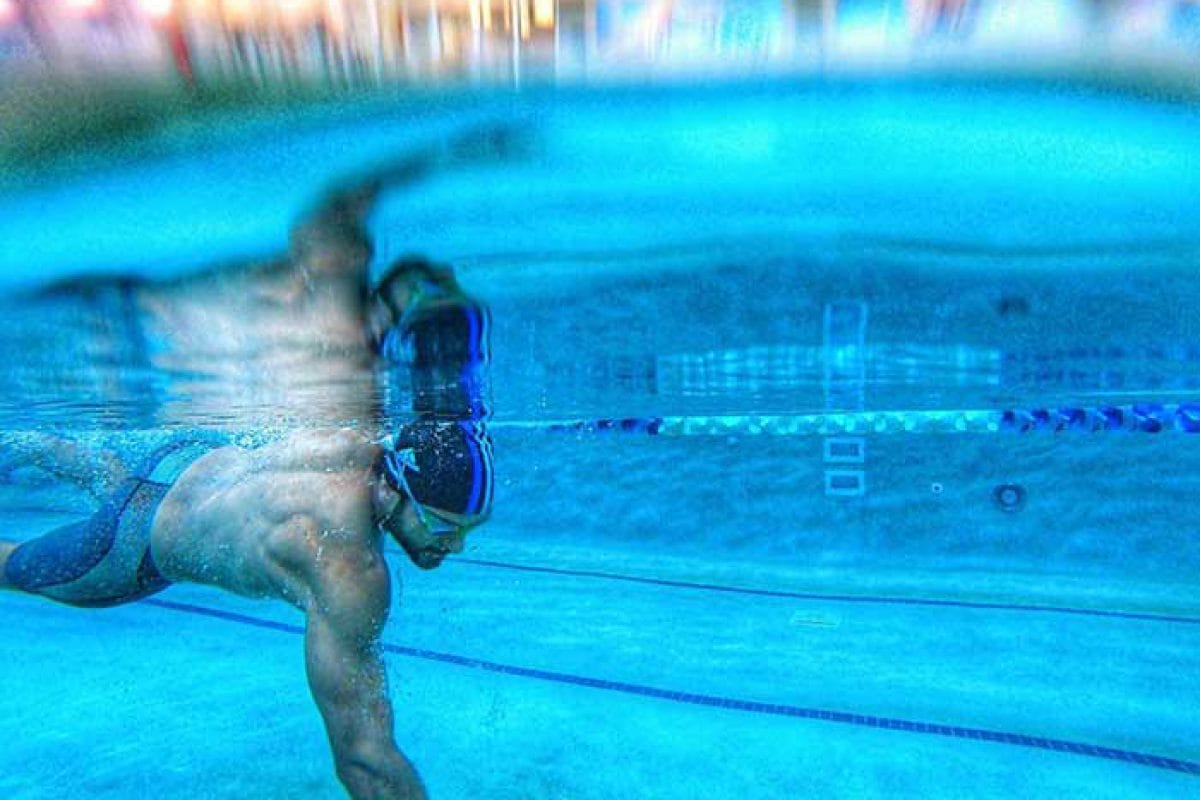With swimming, runners are able to Improve their cardiovascular status without impact. It is a unique activity because several muscle groups intervene: the buttocks and the hips when hitting the water, the abdominals when turning against the wall, the shoulders and the arms to make the movement of helix. In addition, our heart exercises much more than with any other exercise.
When you exercise in a horizontal position, the blood return is greater because the blood does not have to deal with gravity when it comes to moving through the body, So, the heart pumps harder to keep the circulation of blood through the muscles. This is how many athletes get their maximum VO2 in the pool and not on the ground. When you change a day running for a day doing a low impact exercise like swimming, your brain perceives it as a day of rest, even if you’re working at the same level.
Having a strong core , the complex muscle group on which the spine sits, is key if you want to run great distances, because it keeps you in position and stabilizes your hips. It is especially relevant in long races where it is normal to get tired. When our physical state begins to waver, approximately at kilometer 30 of a marathon, you can pull the core to move forward.
Swimming is a fantastic exercise to strengthen it. When swimming in freestyle, for example, your abdominals, obliques and lower back muscles help you maintain your hydrodynamic position and turn from side to side while the upper muscles of your back work with your shoulders to advance through the water.
I try to swim one time per week (45 min to 60 min) but also we can swimming during transition periods, when I am taking a break from workouts, resting after a marathon, etc. Since it’s not an impact sport, swimming helps you recover and reset yourself. It also allows you to move up when you can not do it in other sports such as running if you are injured or overloaded.
Of all the low-impact Cross training exercises (including cycling, elliptical and rowing), swimming is the one that causes the least biomechanical stress (ie, a large impact) on the body, which makes it the runners’ favorite when it comes to avoiding or rehabilitating an injury.


